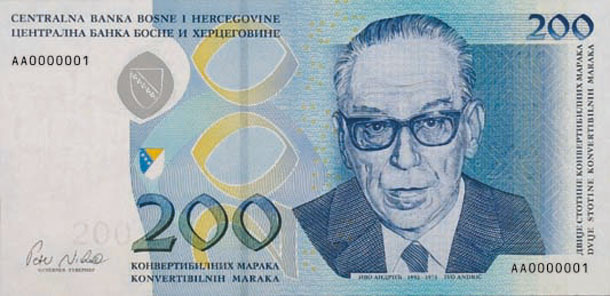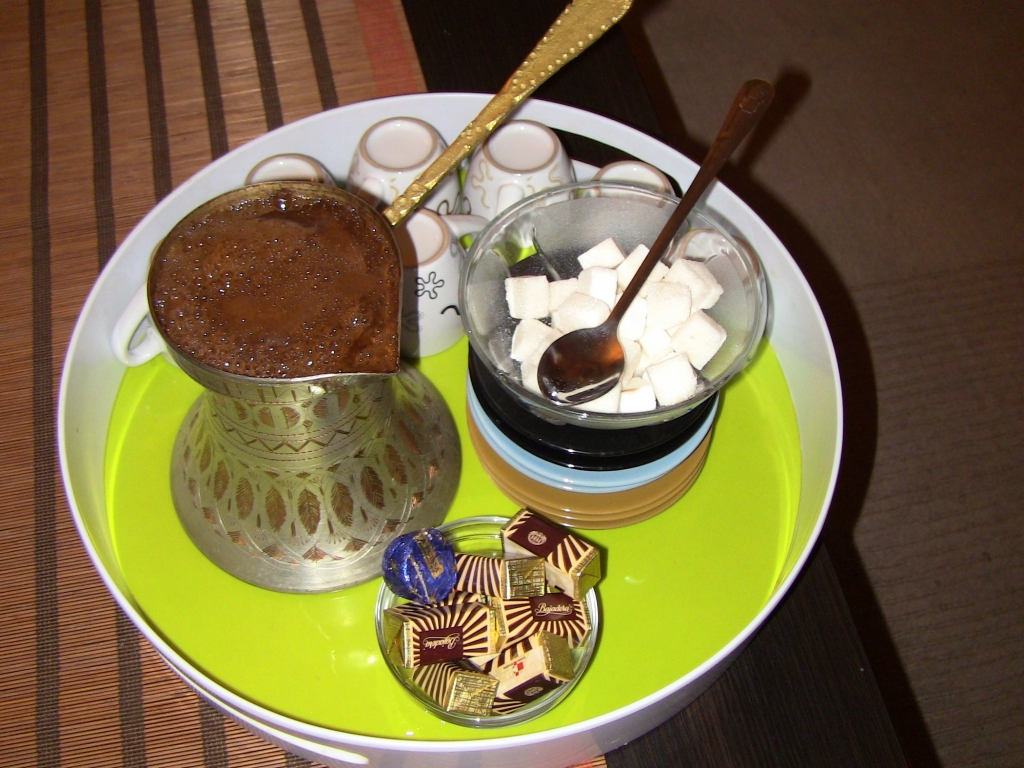Bosnia and Herzegovina
Bosnia and Herzegovina is a small European nation with a coastline on the Adriatic Sea.
It’s divided into three major ethnic groups, religions, and languages that often disagree.
Let’s explore some facts!
Quick Facts
Capital: Sarajevo
Population: 3.5 million
Key Cities: Mostar, Sarajevo, Banja Luka, Tuzla
Official Language: Croatian, Serbian, Bosnian
Major Religions: Muslim, Roman Catholic, Orthodox
Geography
Bordering Countries: Croatia, Serbia, Montenegro
Size: 19,767 sq. miles
Lowest point: Adriatic Sea at sea level
Highest point: Maglic at 7,831 ft.
Bosnia and Herzegovina is a country on the Balkan Peninsula in southeastern Europe. It’s slightly smaller than the state of West Virginia and is bordered by the Adriatic Sea.
The landscape is hilly and is dominated by the Dinaric Alps.
Almost 50% of the land is covered by thick forests. In the north, across the Sava River valley, the land is flatter and very fertile (good for crops).
Major rivers include the Neretua, Sava, Vrbas, and the Bosna, which gives the country its name.
Most of Bosnia and Herzegovina experiences hot summers and cold winters.
Areas of higher elevation have short, cool summers and long, severe (very cold) winters. Along the coast, winters are mild and rainy.
January and February are the driest months of the year, while May and June experience the heaviest rainfall.
In the many forests of Bosnia and Herzegovina, pine, beech, and oak trees are common. Fruits like grapes, apples, pears, and especially plums are also plentiful.
Wildlife includes wolves, wildcats, bears, wild pigs, otters, foxes, badgers, goat-like animals called chamois, and falcons.
History
The area now called Bosnia and Herzegovina was part of the Roman Empire beginning in the first and second centuries B.C. In the sixth century, the area known as Bosnia became part of the Byzantine Empire.
Herzegovina came into being in 1448, and soon both Bosnia and Herzegovina were under the rule of the Ottoman Turks.
In 1877, the Russo-Turkish War began. At the end of the war, Bosnia and Herzegovina were placed under the rule of Austria-Hungary.
Some Bosnians didn’t want to be part of Austria-Hungary and formed revolutionary groups.
On June 28, 1914, a revolutionary named Gavrilo Princip assassinated the Austrian Archduke Franz Ferdinand in Sarajevo.
This was one of several events that started World War I. After World War I, Austria-Hungary collapsed, and Bosnia and Herzegovina eventually became part of Yugoslavia.
Following World War II, Yugoslavia became a Communist country under the leadership of Josip Broz Tito. Different ethnic groups in Yugoslavia began fighting against one another.
Bosnia wanted independence, but local Serbs and troops from Serbia fought against it.
The fighting lasted for several years, until a treaty called the Dayton Agreement was signed in 1995.
Today, Bosnia and Herzegovina is made up of Bosniaks, Serbs, and Croats.
The country is technically divided into two parts: the Federation of Bosnia and Herzegovina, and Republika Srpska.
The government consists of three presidents, a Parliament, and a Council of Ministers. Of the three presidents, one is Bosniak, one Serb, and one Croat.
Economy
Bosnia and Herzegovina’s major industries are steel, coal, iron ore, lead, zinc, manganese, bauxite, vehicle assembly, textiles, tobacco products, wooden furniture, tank and aircraft assembly, domestic appliances, and oil refining.
The country’s top agricultural products include wheat, corn, livestock, and assorted fruits and vegetables.
Bosnia and Herzegovina is ranked 81st in the world in terms of wealth. The standard of living is among the worst in Europe, but still slightly above the world average.
The nation’s currency is known as the Bosnia and Herzegovina convertible marka (BCM).
Culture
The culture of Bosnia and Herzegovina varies because of the different groups living within its borders. Family and friendship are highly valued, along with the art of storytelling and humor.
Folk songs are popular and well-known, and rock music also has a major following.
Bosnia and Herzegovina has an active literary and film culture as well, including an Oscar-winning picture.
Bosnian cuisine is heavily influenced by Turkish food, with popular dishes such as stuffed vegetables, sweet cakes similar to baklava, and the national dish of ćevapi.
These are small, grilled rolls of seasoned ground beef and lamb, usually served in bread pockets. The many plums grown in the country are typically made into thick jams.
Festivals in Bosnia and Herzegovina include the International Folklore Festival, Sarajevo Fashion Week, and the Sarajevo Film Festival.
There’s also the Sarajevo Winter Festival and Summer at Vrbas, an event that involves musical performances, kayak races, sand volleyball, a sports fishing competition, and many other sports and games.
Fun Facts
The country is sometimes called “the Heart Shaped Land” because of its unusual shape, which slightly resembles a heart.
Bosnia and Herzegovina is home to Europe’s last remaining jungle, Perućica. Some of its trees are over 300 years old!
Bosnians love coffee—the country has the tenth highest coffee consumption in the world.
Over one million tourists visit the country each year, and it’s had the third highest tourism growth rate worldwide over the last 25 years.














